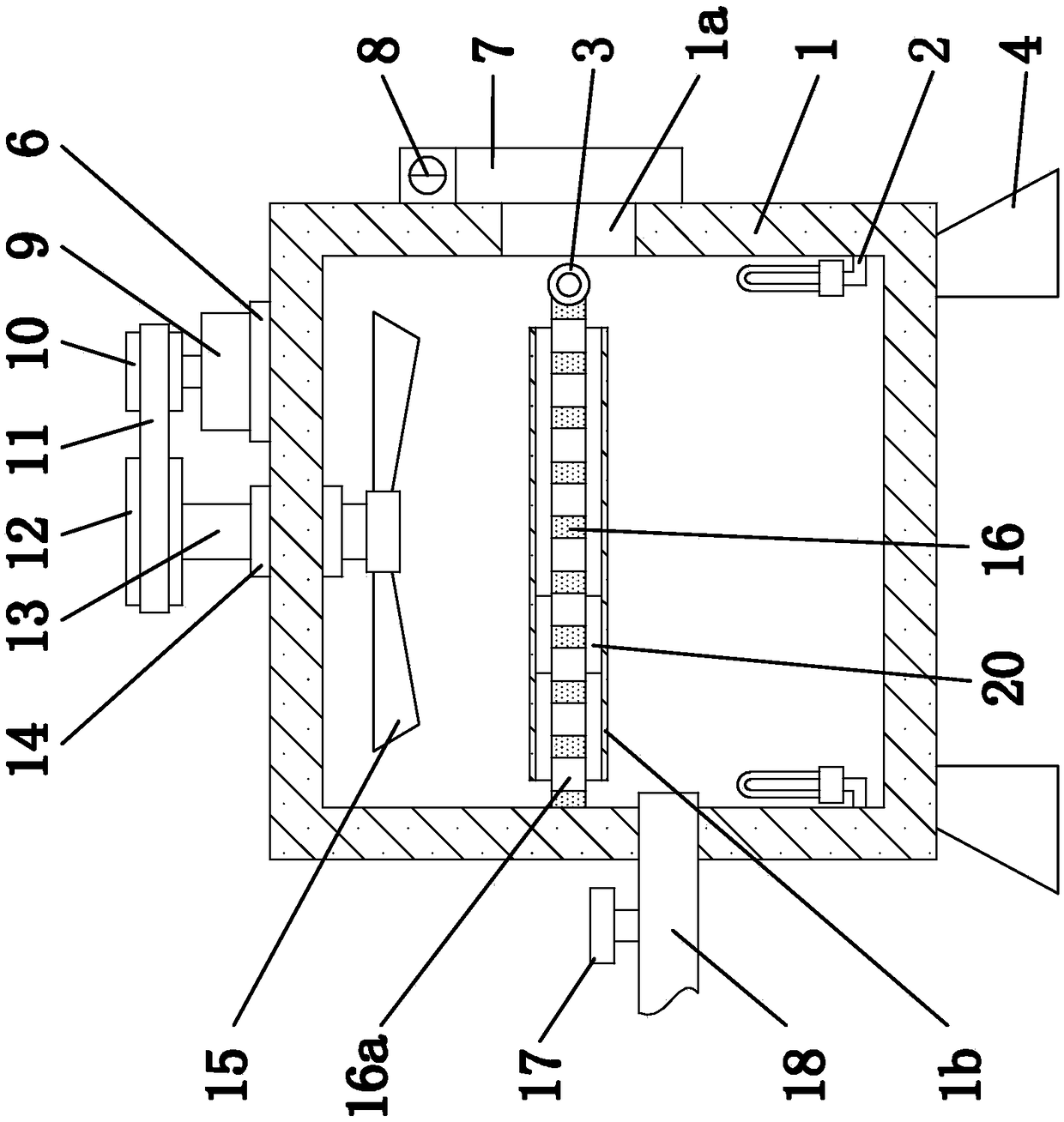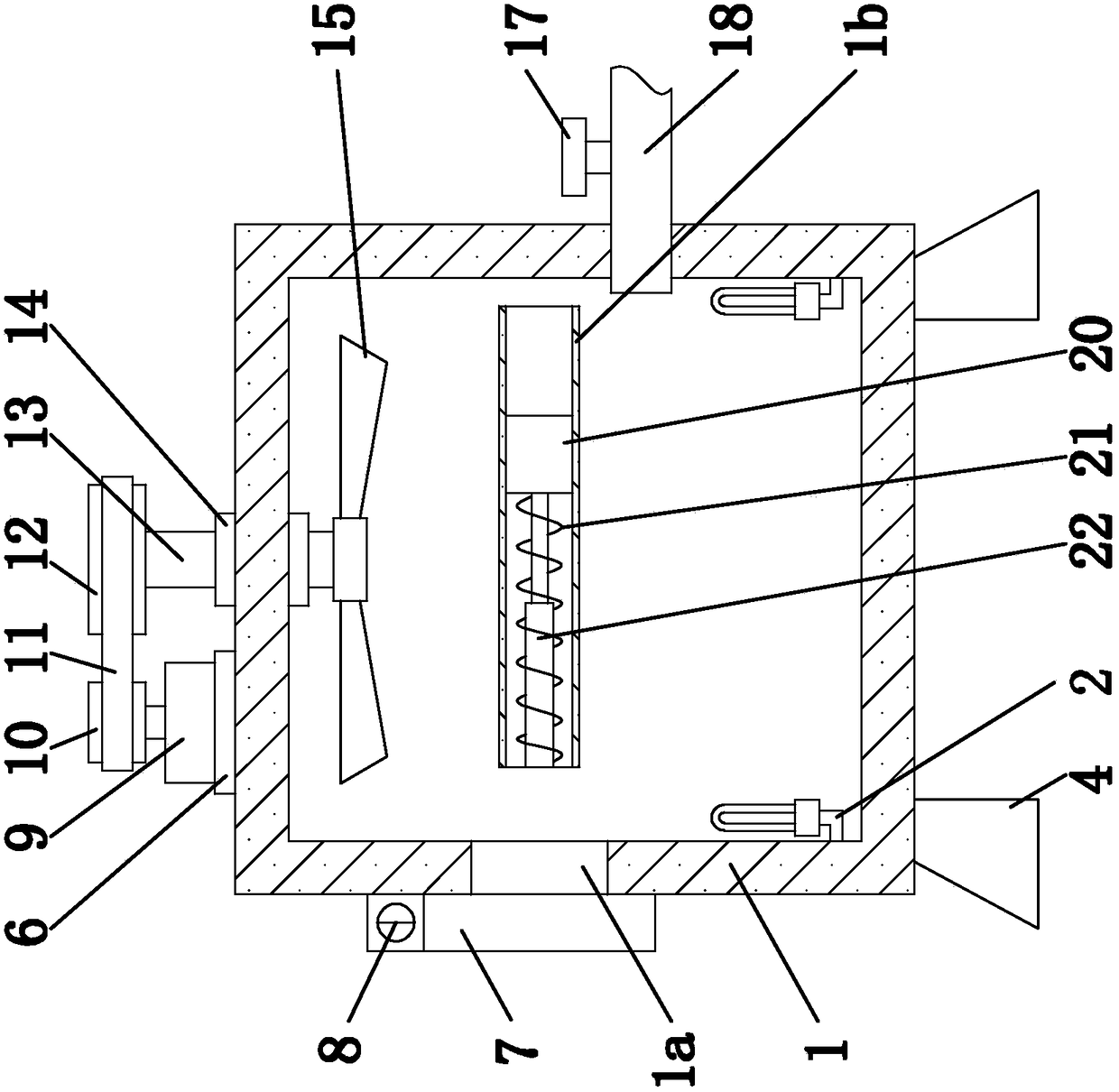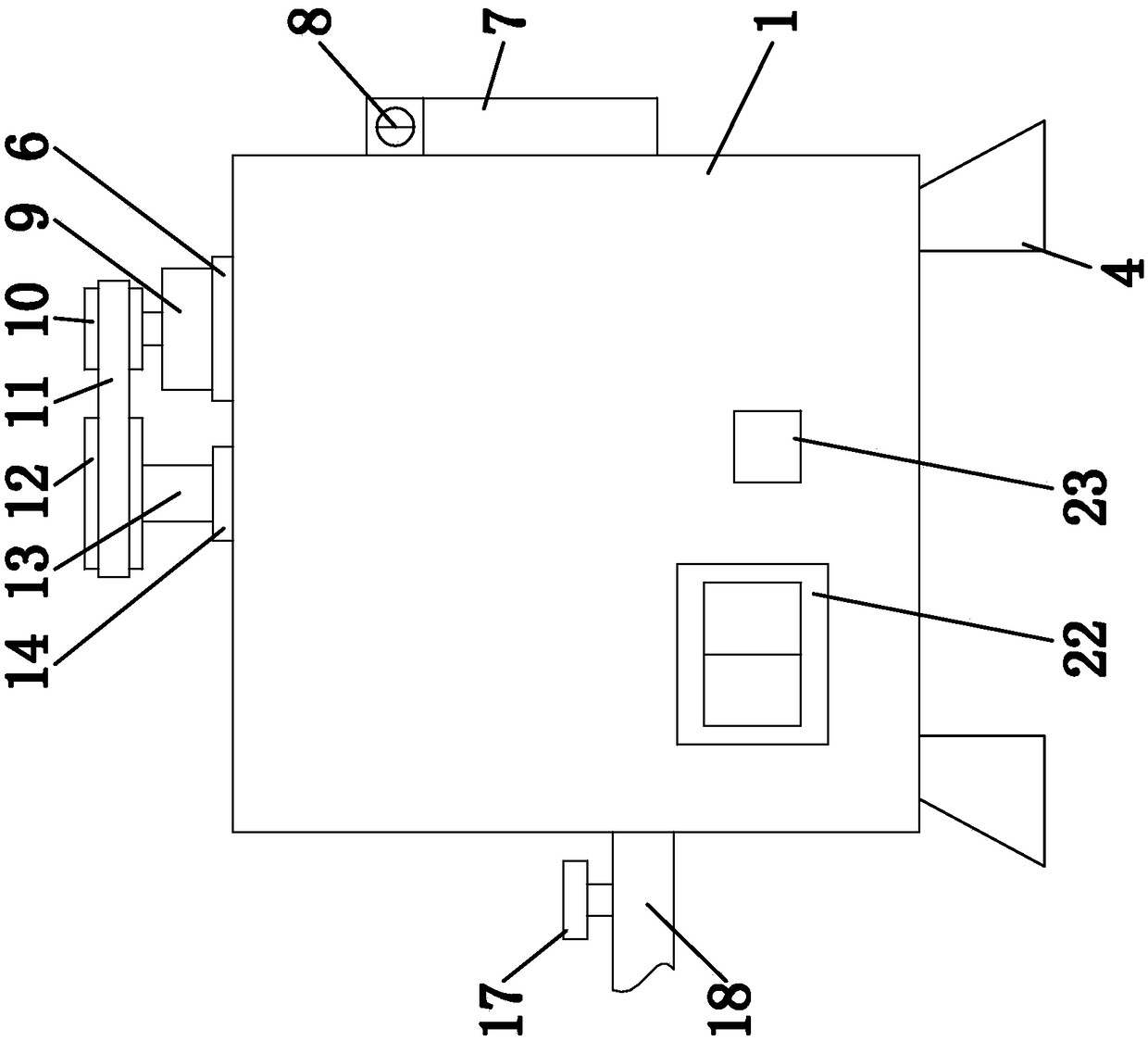Textile printing technology
A printing process and fabric technology, applied in textiles, papermaking, dyeing and other directions, can solve problems such as single use, and achieve the effect of strong versatility
- Summary
- Abstract
- Description
- Claims
- Application Information
AI Technical Summary
Problems solved by technology
Method used
Image
Examples
Embodiment Construction
[0038] The following are specific embodiments of the present invention and in conjunction with the accompanying drawings, the technical solutions of the present invention are further described, but the present invention is not limited to these embodiments.
[0039] The printing process of this fabric comprises the following steps:
[0040] a. In parts by weight, mix 10-18 parts of natural dye, 20-26 parts of printing paste, 2-3 parts of sodium salicylate, 8-12 parts of color fixing agent, 1-4 parts of dispersant, defoamer 1-3 parts, 0.5-1.5 parts of anti-wrinkle agent and 70-80 parts of water are put into the beating machine together for beating, and the beating time is 20-30min to obtain printing paste; in this embodiment, 15 parts of natural dye , 23 parts of printing paste, 2 parts of sodium salicylate, 9 parts of color fixing agent, 2 parts of dispersant, 1 part of defoamer, 0.8 part of anti-wrinkle agent and 77 parts of water are put into the beater together for beating, ...
PUM
 Login to View More
Login to View More Abstract
Description
Claims
Application Information
 Login to View More
Login to View More - R&D
- Intellectual Property
- Life Sciences
- Materials
- Tech Scout
- Unparalleled Data Quality
- Higher Quality Content
- 60% Fewer Hallucinations
Browse by: Latest US Patents, China's latest patents, Technical Efficacy Thesaurus, Application Domain, Technology Topic, Popular Technical Reports.
© 2025 PatSnap. All rights reserved.Legal|Privacy policy|Modern Slavery Act Transparency Statement|Sitemap|About US| Contact US: help@patsnap.com



